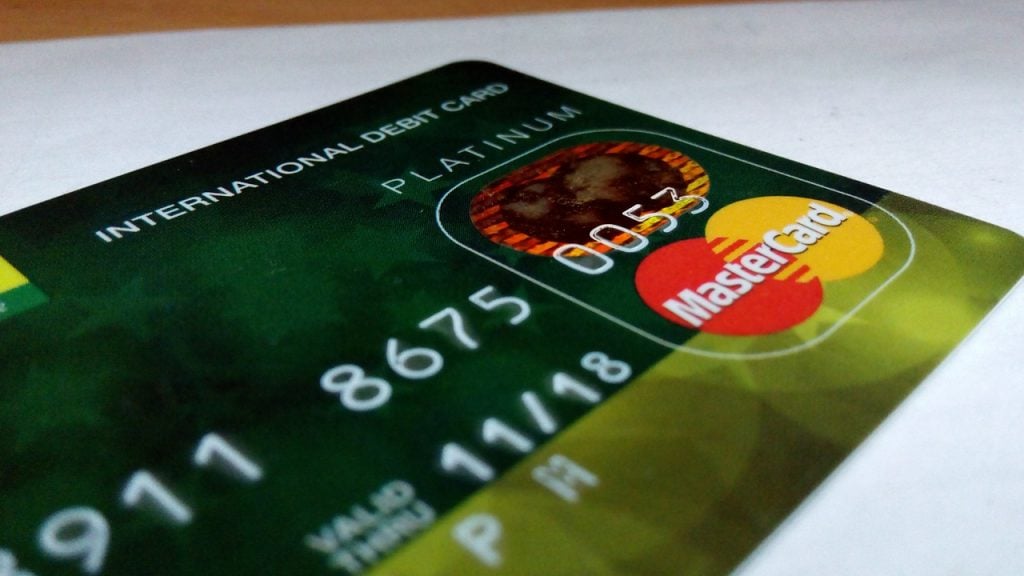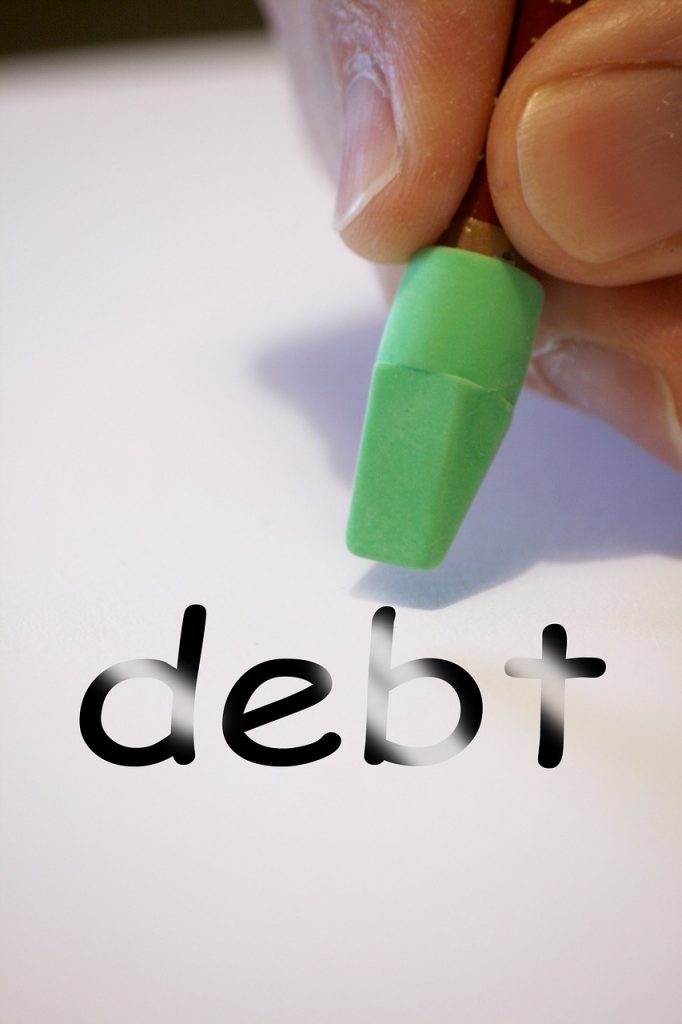5 Ways to Be More Financially Fit
It doesn’t matter if you’re a financial rookie or consider yourself somewhat of a maven – we could all use a good cleanse from time to time. Luckily, this variety won’t leave you hungry or chugging cayenne pepper like Beyoncé. Kickstart the New Year by trying one (or all!) of these five ways to get you in better financial shape.

Step 2: Make sure you’ve included putting money towards savings and your retirement plan. Hint: ideally you should be automating these contributions so they don’t even land in your checking account.
Step 3: Consider the remainder as the amount you can spend for the month and divide it by four. This is your weekly spending allowance.
Step 4: Go to the ATM and take out the cash for the week.
Step 5: ONLY SPEND CASH
When there is a hard stop on the amount of money you can spend in a month, including food and entertainment, it forces you to make better budgeting decisions. You don’t have to do the cash diet forever, but give it a try for at least a month. It’s an easy way to prevent being blindsided by your credit card spending. It also illustrates your spending priorities. This isn’t to say you can never buy another latte – but if you only have $150 to spend in a week, you might want to only buy one or two instead of five or seven.
You can really up your game by depositing any excess money you haven’t spent by the end of the month into your savings account. That’s black-belt-level cash dieting.
2. Break up with your bank
Did you pay an overdraft fee in the last year? Is your savings earning less than 1.00% APY? Do you have to pay a monthly maintenance fee on your checking or savings account? Does your bank charge an ATM fee when you use an out-of-network ATM and/or fail to reimburse you the ATM fee charged by another institution?
If you answered yes to any of these questions, then it is time to break up with your bank.
Consider switching to Internet-only banks like Ally, Charles Schwab or GE Capital. The lack of brick-and-mortar bank locations mean these banks don’t have to nickel and dime customers in order to keep the lights on. Just be sure any bank you pick is FDIC insured.
You should also spend some time to sit down and do a full audit of all your financial products and services to see where you’re leaking money or not earning the interest you deserve. Maybe it’s time to cancel that Victoria Secret’s credit card that provokes free-tote-bag fueled purchases, or ditch the airline credit card you never use but charges a $95 annual fee.
Put any of the money you end up saving directly into your new high(er)-yield savings account. It’s a simple way to start padding your emergency fund.
3. Automate that S*!#
Don’t let money earmarked for savings land in your checking account. That is the highway to the danger zone. In fact, Kenny Loggins probably belted out those lyrics thinking about future royalty checks landing in his checking account instead of his high-yield savings.
I jest, but in all seriousness, you should set up a portion of your paycheck to automatically be routed into a retirement account – especially an employer-matched 401(k) – and a percentage into your savings account. Allowing it to pass through checking gives you the opportunity for temptation and requires you to engage in the chore of pressing a few buttons to move it into savings. Eliminate the risk of spending your savings by keeping it away from checking.
4. Demolish your debt with two simple tricks
Managing your student loans, credit card debt, auto loan or any other financial burden is the best part of a financial cleanse. There are two simple tricks to help you get aggressive about those payments without feeling a whole lot of extra burden on your bank account.
Bi-weekly payments
Instead of making one monthly payment, split your bill into two installments. For example, if you pay $250 a month your bi-weekly payment would be $125 every two weeks. By paying bi-weekly, you’ll actually squeeze out 13 payments in a year instead of 12. If you’re paid on a bi-weekly scale then there are two months a year you get three glorious payments instead of two. Leveraging this to pay off your loans will help shave interest and time off your repayment journey. Unfortunately, not all lenders accept bi-weekly payments, so be sure to ask before trying to set it up.
Pay above your minimum due
This is imperative for repaying credit card debt – but should be a general practice for all payments made to lenders. Just paying the minimum means a significant chunk of your money is just going towards interest, which means it isn’t chipping away at your principal balance. An extra $10 a month on your student loan payment could shave six months to a year off your repayment journey.
There is a trick though with paying above the minimum on student loans. Call (and write) to your student loan servicer and explain how you want the extra money applied. Your servicer could just put it towards next month’s interest instead of applying it to your principal balance. Be sure to specify that you want money in excess of your minimum to be put towards your principal balance. If you are repaying more than one loan, specify you want the extra money to go towards the principal on the loan with the highest interest rate.
5. Make your goals actionable
Actionable and small goals are key to a successful financial cleanse. Don’t just say, “I want to save more money.” Decide, “I want to save $3,000 by June and $7,000 by the end of the year.” Putting specifics on your financial cleanse will make it easier to make your New Year’s resolution last past than Valentine’s Day.
Invibed is an online destination that makes personal finance relevant, accessible and entertaining to millennials. Follow Invibed on Facebook and Instagram.










